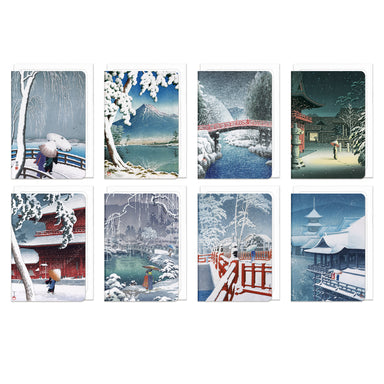Greeting card

KIMONO PATTERN OF CRANES
Text on the reverse side:The crane is revered as a national treasure in Japan, and has long been seen as a symbol of longevity and good fortune, as...
View full details



































